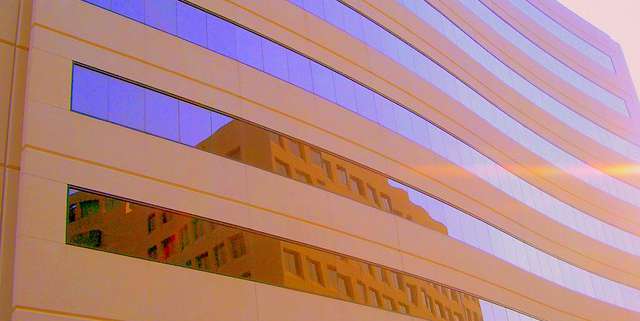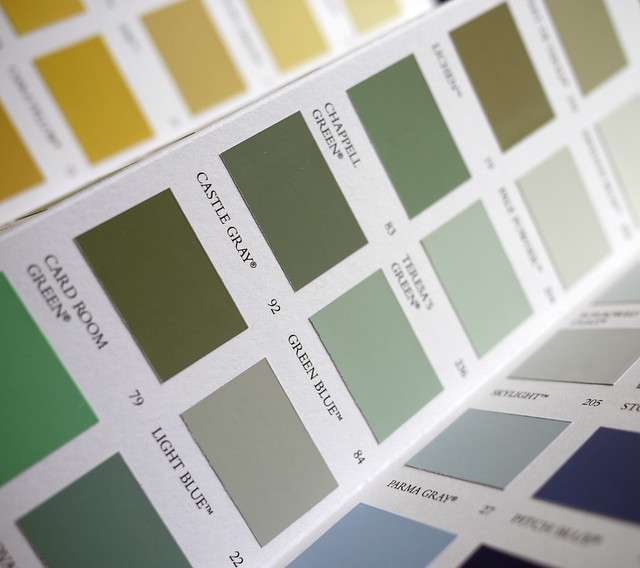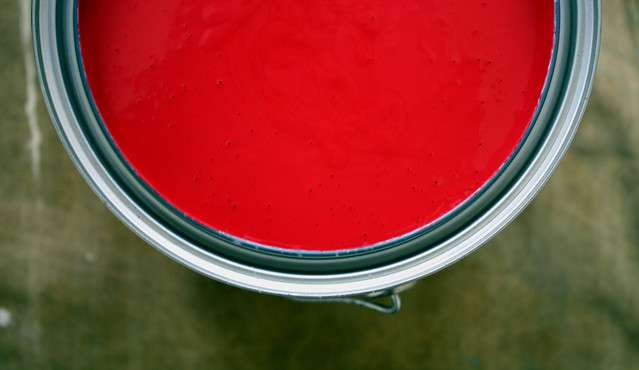
New paints and coatings offer a higher light reflectance value which can help minimalize the urban heat-island effect. Image source: Flickr user Mario
Extreme temperatures have scourged our nation over the past several years, from extreme heat waves to record freezing and snowfall. Analysts claim that we may be in for another round of severe weather this year, but how do we explain these sudden changes in climate? Significant temperature changes have a lot to do with the relationship between the sun and the earth’s natural absorption of heat. The light reflectance value of manmade surface structures often interferes with the earth’s management of solar heat, causing significant changes in temperatures. This phenomenon is called the urban heat island effect.
High levels of air pollutants found in densely populated areas are often blamed for interfering with ozone imbalances, but new studies are now linking some of these effects to the solar absorption that occurs in buildings and roofing materials. This is directly affected by the light reflectance value of the paints and coatings that overlay these structures. New developments are being made in the paint and coating industries that address higher levels of solar reflectance and the ability to reverse solar absorption and the urban heat island effect. These new products are revolutionizing the industry through the ability to measure light reflectance value with spectrophotometric technology.



